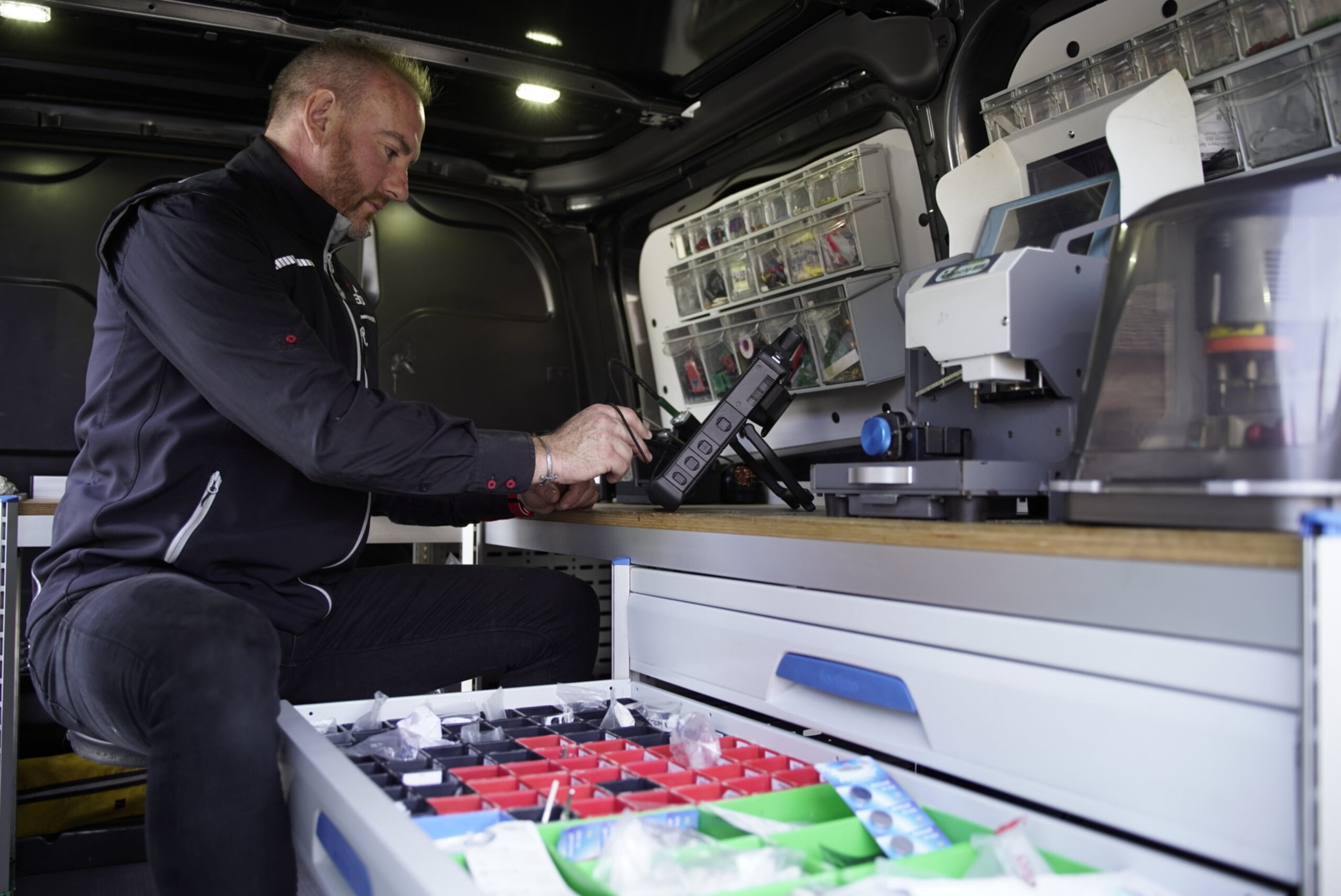
Ignition Repair And Replacement
Add a review SeguirOverview
-
Founded Date julio 20, 2013
-
Sectors Charity & Voluntary
-
Empleos Publicados 0
-
Visto 65
Descripción de la Compañía
Why All The Fuss Over Van Ignition Repair?
Comprehensive Guide to Van Ignition Repair
The ignition system of a van plays a crucial role in its operation, influencing whatever from beginning the engine to guaranteeing effective fuel intake. Nevertheless, it can experience issues gradually due to wear and tear or other external elements. Comprehending the elements of a van’s ignition system, acknowledging indications of failure, and understanding how to repair it can conserve automobile owners money and time.
Understanding the Ignition System
The ignition system is important for beginning the engine and is made up of a number of key components. Below is a breakdown of these parts:
| Component | Function |
|---|---|
| Ignition Switch | Triggers the electrical system and permits the engine to begin. |
| Ignition Coil | Transforms the battery’s low voltage into high voltage. |
| Trigger Plug | Sparks the air-fuel mixture in the cylinders. |
| Supplier | Disperses electrical present to the proper trigger plug. |
| Ignition Timing | Controls the timing of the spark for optimal engine performance. |
Indications of Ignition Problems
Van owners need to understand the signs that show an ignition system failure. Acknowledging these early can avoid more serious issues. Some typical symptoms include:
- Difficulty Starting: The van may crank gradually or not at all.
- Engine Misfiring: A rough running engine may symbolize problems with stimulate plugs or coils.
- Poor Fuel Economy: Ignition concerns can cause ineffective fuel usage.
- Stalling: The engine may stop suddenly while driving.
- Caution Lights: The check engine light may illuminate, indicating a fault.
Troubleshooting the Ignition System
When confronted with ignition issues, van owners can follow a methodical technique to diagnose the issue:
-
Check the Battery:
- Ensure the battery is fully charged and the connections are tight.
- Utilize a multimeter to look for the correct voltage.
-
Examine the Ignition Switch:
- Turn the key to the «on» position and confirm that the dashboard lights brighten.
- Test the ignition switch for continuity with a multimeter.
-
Examine the Ignition Coil:
- Use a multimeter to examine the resistance of the ignition coil.
- If it’s outside the maker’s specifications, it may require replacement.
-
Evaluate the Spark Plugs:
- Remove and examine for wear or carbon accumulation.
- Replace any faulty spark plugs.
-
Evaluate the Distributor:
- Inspect the rotor and cap for indications of wear.
- Replace parts as essential to guarantee appropriate distribution of the electrical current.
Repair Procedures
After recognizing which element is faulty, the next action is to carry out the repairs. Here’s a generalized treatment for fixing common ignition issues:
Repairing/Replacing Spark Plugs
- Collect Tools: You’ll need a socket wrench, stimulate plug socket, and a space tool.
- Get Rid Of the Old Spark Plugs: Disconnect wires and unscrew the plugs.
- Inspect Gaps: Ensure brand-new plugs are gapped properly according to specs.
- Install New Plugs: Screw in and reconnect the wires.
Replacing Ignition Coil
- Disconnect Battery: Always begin by disconnecting the negative terminal.
- Get Rid Of the Old Coil: Unbolt and detach circuitry connections.
- Set Up New Coil: Bolt the new coil in location and reattach the electrical wiring.
Repairing the Ignition Switch
- Access the Ignition Switch: Remove the guiding column cover.
- Detach Wires: Make note of the wiring before detaching.
- Replace Switch: Install a brand-new switch, ensuring all wires are properly connected.
Cost of Ignition Repairs
The expenses of ignition repairs can vary significantly based on aspects such as the lorry make and design, labor rates in the location, and the specific elements being replaced. Below is an average cost variety for typical ignition repairs:
| Repair Type | Typical Cost |
|---|---|
| Stimulate Plug Replacement | ₤ 100 – ₤ 300 |
| Ignition Coil Replacement | ₤ 150 – ₤ 400 |
| Ignition Switch Replacement | ₤ 100 – ₤ 250 |
| Total Ignition System Tune-Up | ₤ 300 – ₤ 800 |
Maintenance Tips for the Ignition System
Regular maintenance can extend the life of the ignition system. Consider the following tips:
- Regular Inspections: Schedule routine checks of the ignition components and systems.
- Usage Quality Parts: When replacing elements, choose OEM or high-quality aftermarket parts.
- Keep the Battery Maintained: A well-maintained battery makes sure ideal efficiency of the ignition system.
- Expect Warning Signs: Early detection of problems can prevent bigger problems down the road.
Frequently Asked Questions (FAQs)
How typically should I replace my stimulate plugs?
Many makers advise changing trigger plugs every 30,000 to 100,000 miles, depending on the kind of stimulate plug and driving conditions.
Can I repair my ignition system myself?
Yes, basic repairs like replacing trigger plugs or coils can frequently be carried out by a knowledgeable DIYer, offered the right tools and information are offered.
What takes place if I overlook ignition system issues?
Overlooking ignition concerns can cause reduced engine efficiency, decreased fuel effectiveness, and possibly leaving you stranded if the van stops working to begin.
Is a tune-up required for the ignition system?
A tune-up that includes examining and replacing ignition elements as required can significantly improve engine performance and durability.
Understanding van ignition repair is important for lorry owners to preserve trustworthy engine efficiency. By familiarizing themselves with the ignition system’s parts, repairing typical problems, and performing standard repairs, they can conserve time and maintenance expenses. Following upkeep ideas and seeking professional assistance when needed will guarantee a well-operating ignition system for many years to come.


